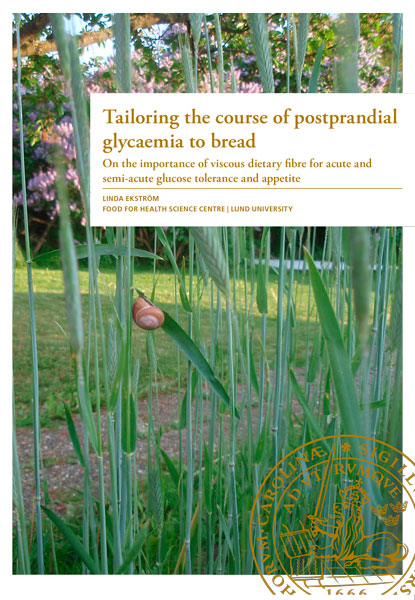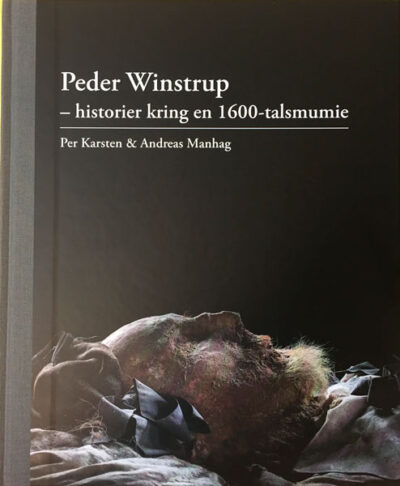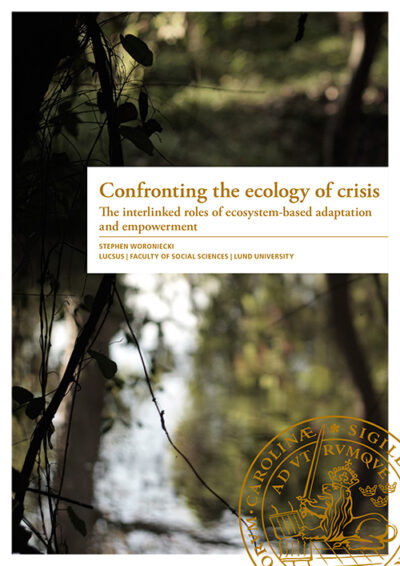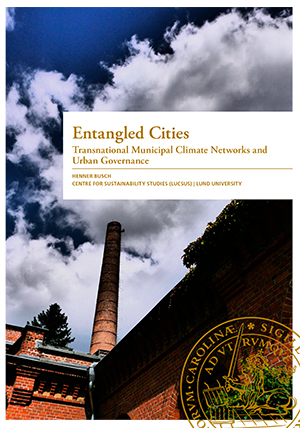Tailoring the course of postprandial glycaemia to bread
On the importance of viscous dietary fibre for acute and semi-acute glucose tolerance and appetite
Linda Ekström
151 kr
Beskrivning
The prevalence of metabolic diseases such as type 2 diabetes mellitus (T2DM) is rapidly increasing all over the world. Frequent episodes of elevated postprandial blood glucose have been associated with oxidative stress and subclinical inflammation, and the importance of a tight glycaemic control has been identified as an important factor to maintain health and prevent T2DM, obesity and cardiovascular disease (CVD).
The aim was to investigate possibilities to tailor the course of postprandial glycaemia to bread in healthy adults in favour of reduced glycaemic index (GI) and increased glycaemic profile (GP) by inclusion of guar gum or β-glucans. GP is defined as the duration of the glucose curve above the fasting concentration divided by the incremental glucose peak. Effects on second meal glucose tolerance and appetite were also investigated. Furthermore, the potential use of in vitro measurements of starch hydrolysis rate (HI) and fluidity (FI) to predict course of postprandial glycaemia (GI and/or GP) was evaluated.
In paper I, white wheat-based bread was supplemented with whole grain maize flour and different types and amounts of guar gum. Supplementation with medium weight guar gum (mwGG) resulted in lower postprandial glycaemia and insulinaemia and improved acute appetite compared to the white wheat reference bread (WWB).
In paper II, three commercially available β-glucans from barley and oats were baked into yeast leavened bread products. Even a low level of high molecular weight (MW) β-glucan elicited a lowering effect on postprandial glycaemia, indicating that the β-glucan quality is of importance.
In paper III, mwGG and whole grain rye flour or high amylose maize starch (HAM) were combined in an effort to design bread products in favour of low but sustained glycaemia. The combination of mwGG and rye was superior, with improvements in subjective appetite. Additionally both mwGG in combination with whole grain rye flour and HAM led to improvements in biomarkers of appetite compared to the WWB.
In paper IV, pasta or WWB were provided for breakfast and a standardised lunch meal was given 4 h later. The pasta breakfast resulted in reduced glycaemic excursions, both acute and after a second meal, which demonstrates the importance of considering not only the ingredients but also the food processing conditions.
An indexed glycaemic profile (GPI) was introduced, allowing comparisons between studies. GPI was defined as GP for WWB divided by the GP for the test product taken by the same subject, multiplied by 100 and then presented as a mean of all individual values. GPI was better correlated to subjective appetite ratings compared to both GP and GI for the present studies. Both the measures of HI and FI were related to GI, GPI, glucose iPeak, II and insulin iPeak (Spearman’s partial correlation, papers I-III). HI seems to better predict the glycaemic response, defined as GI or GPI, compared to FI. For the future, the importance of the course of glycaemia for long-term metabolic outcome should be evaluated, also including effects on weight regulation.
Ytterligare information
| Vikt | 294 g |
|---|---|
| Storlek | 8 × 169 × 239 mm |
| Språk | Engelska |
| Antal sidor | 132 |
| Publikationsår | 2017 |
| Bandtyp | Häftad |
| ISBN | 978-91-7422-505-1 |





